I am speaking about Brexit at the 7th Annual Spare Parts Business Platform on February 13th, in Stockholm.
The event is organized by Copperberg.
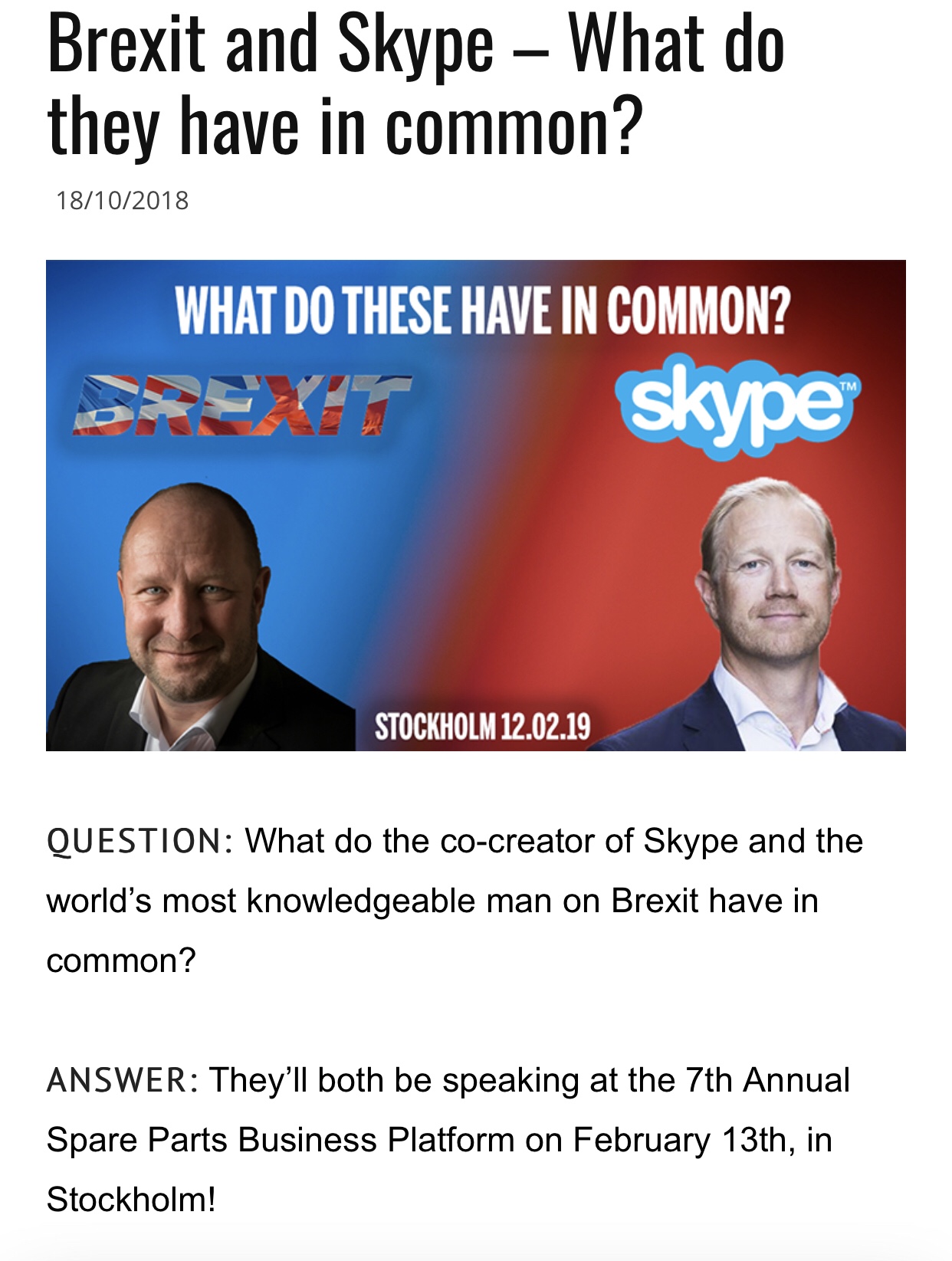
The Guardian had the other day a great article about The Buggles and their famous hitsong ‘Video killer a radio star’. I love that song.
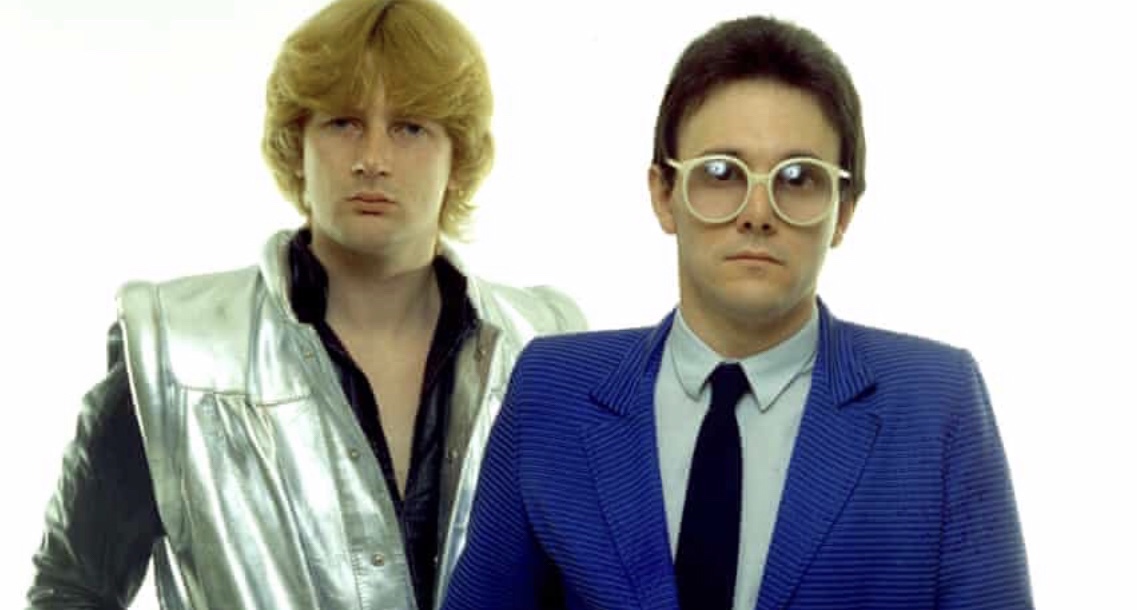
I was moving to my first own apartment and there was cable TV in the house I moved to. This was unique in Sweden at the time, and we only had non-commercial public service TV at the time. I was exited. Now I would get a chance to watch TV from all around the world, including sports and music. And I did.

Already the first week in my apartment I remember that the cable company announced the start of a new channel only deficated to music, MTV.
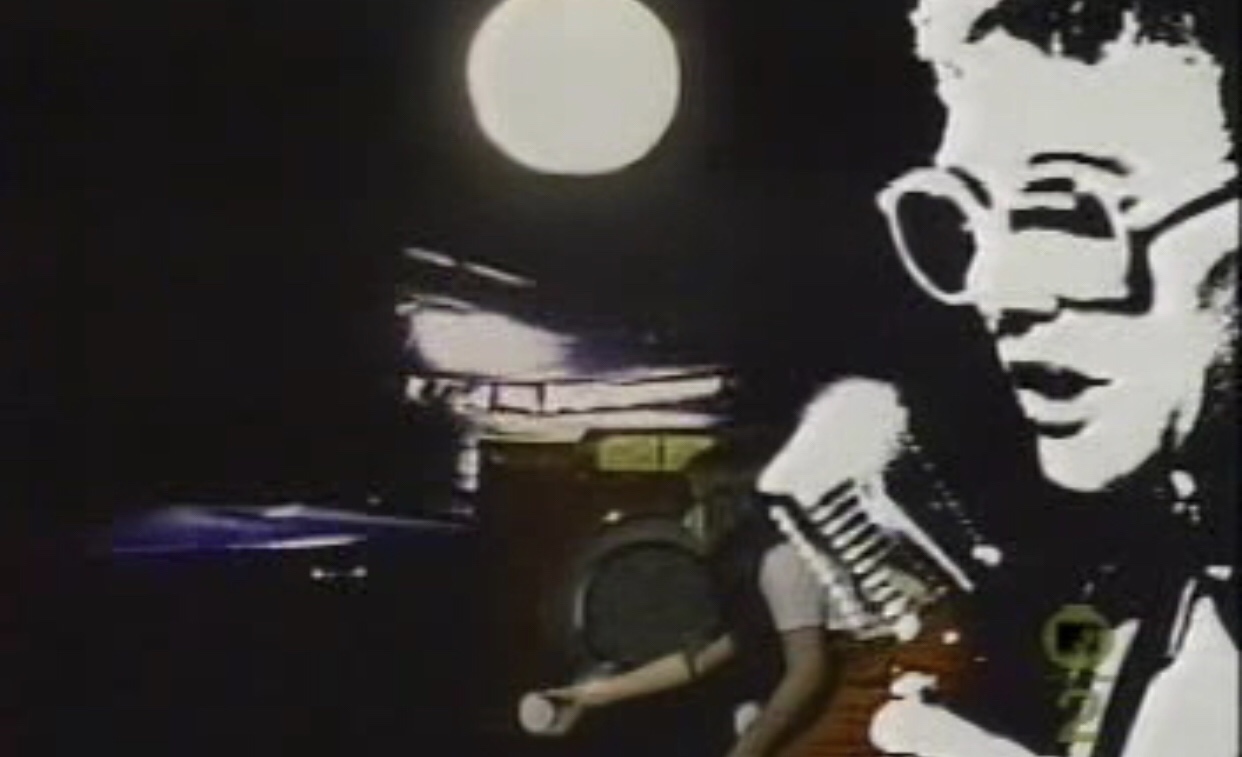
So I watched the first broadcast of MtV and the first song ever played was…….’Video killed a Radio star’ by The Buggles.
You find the article here: The Buggles: How we made Video killed a radio star
Source: The Guardian.
I know that UK Government and UK Agencies are working very hard to prepare for Brexit.
I have personally worked for decades with both HMRC and Revenue Commissioners and I have deepest respect for the knowledge, competence and capacity of colleagues in those organizations.

Likewise are the Customs Services on the other side of the English Channel in France and Netherlands among the best in thecworld and very highly ranked by international institutions.
I know that HMRC – as well as other UK agencies – are doing their best. However time is short and the clock is ticking.
The National Audit Office (NAO) is an independent Parliamentary body in the United Kingdom which is responsible for auditing central government departments.
The National Audit Office (NAO) published a report recently claiming thst it is not pissible for UK to be ready for a no-deal Brexit on 29 March 2018,
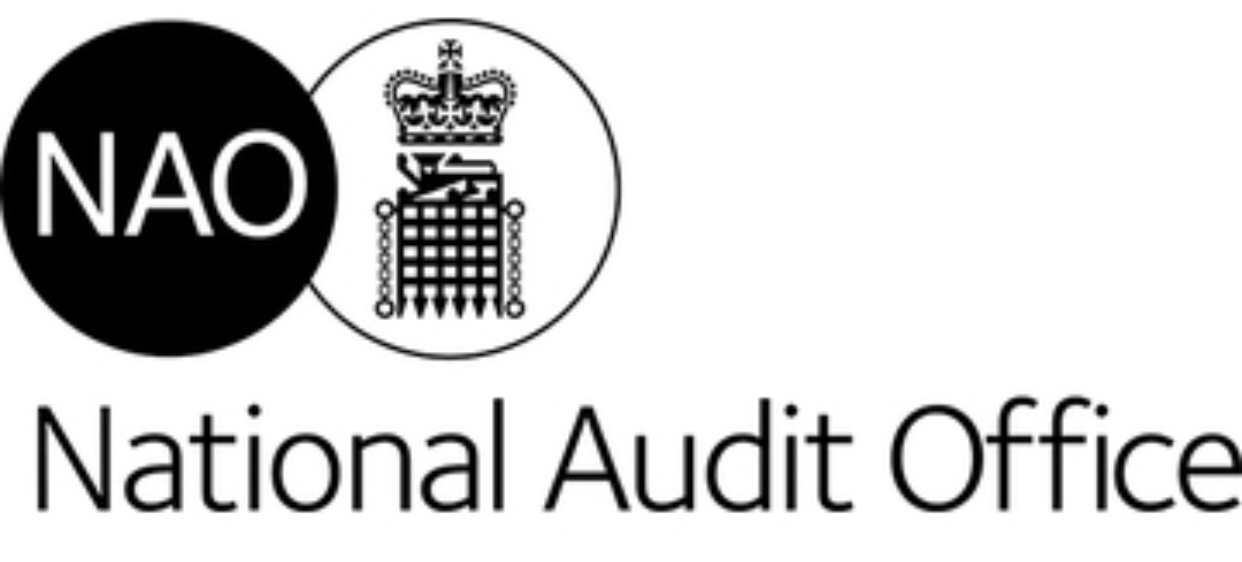
In the report it us said, ”HM Revenue and Customs estimate that, in the event of no deal, 145,000-250,000 traders would need to make customs declarations for the first time. HMRC would have to process 260 million customs declarations a year, up from the current 55 million”.
These are just some of the facts underlined in the National Audit Office’s (NAO) Brexit report published the other week.
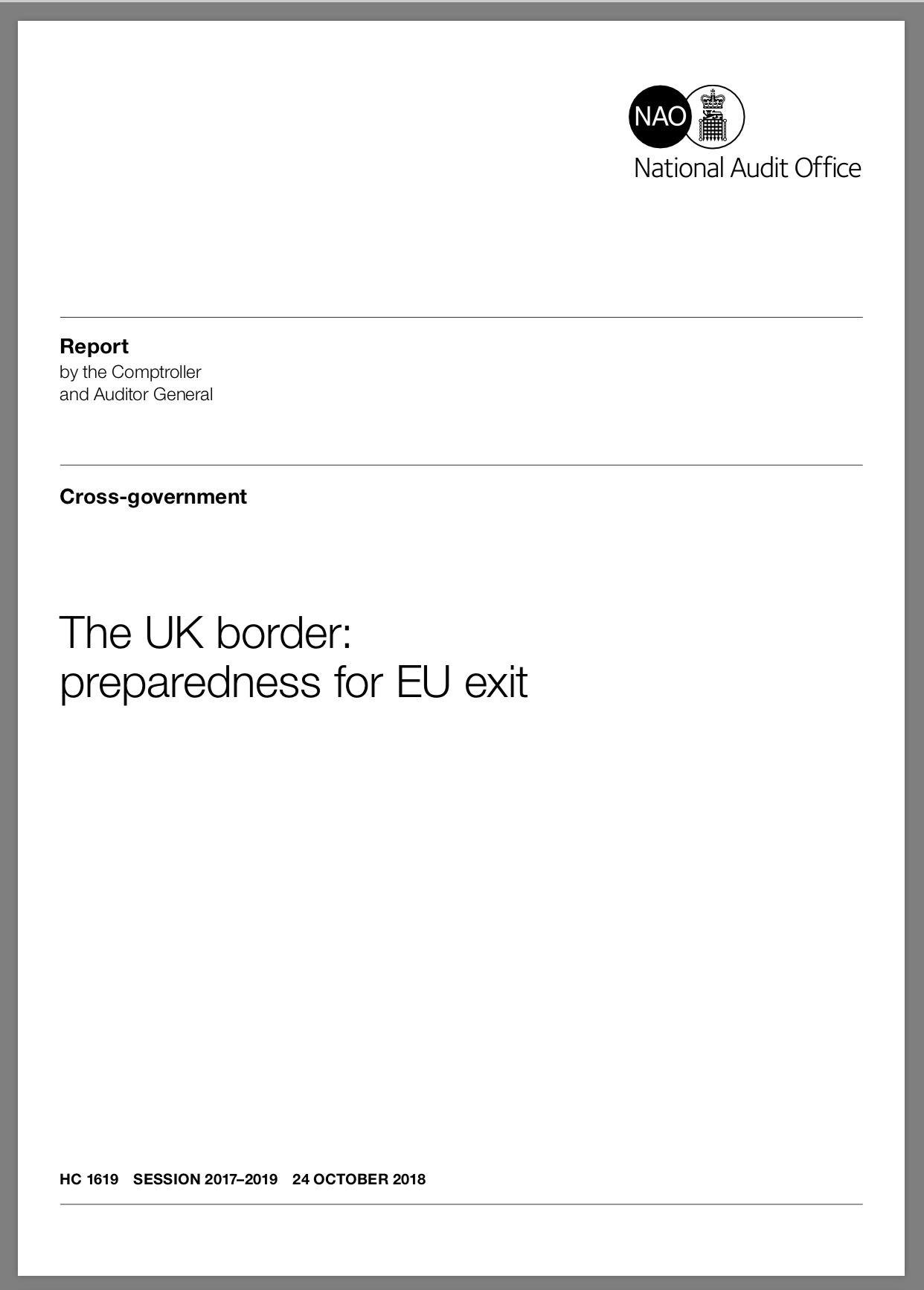
If you haven’t read the report it is time to do so with 148 days to go to Brexit.
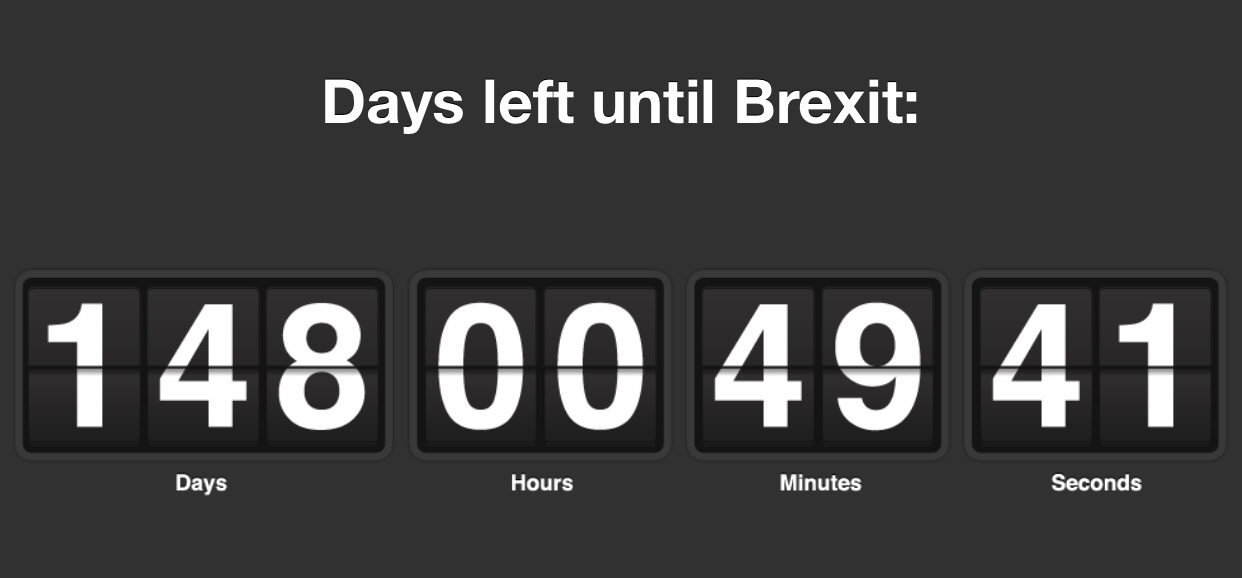
The NAO Comptroller and Auditor General Sir Amyas Morse said, with understatement, that “the British government has openly accepted the border will be less than optimal on day one of no deal”.
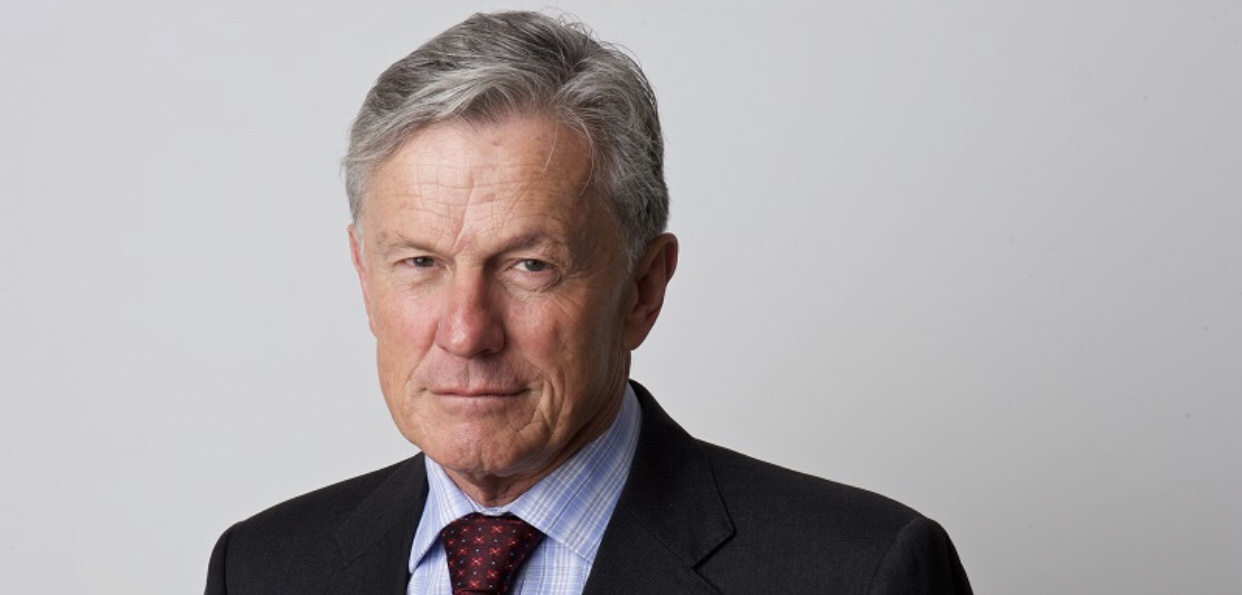
This is their view. Maybe they are right. What I know is that it will be a huge challenge for everybody involved if a deal is not made before March 2019.
You can read the entire report here:
National Audit Office: The UK border: Preparedness for EU exit
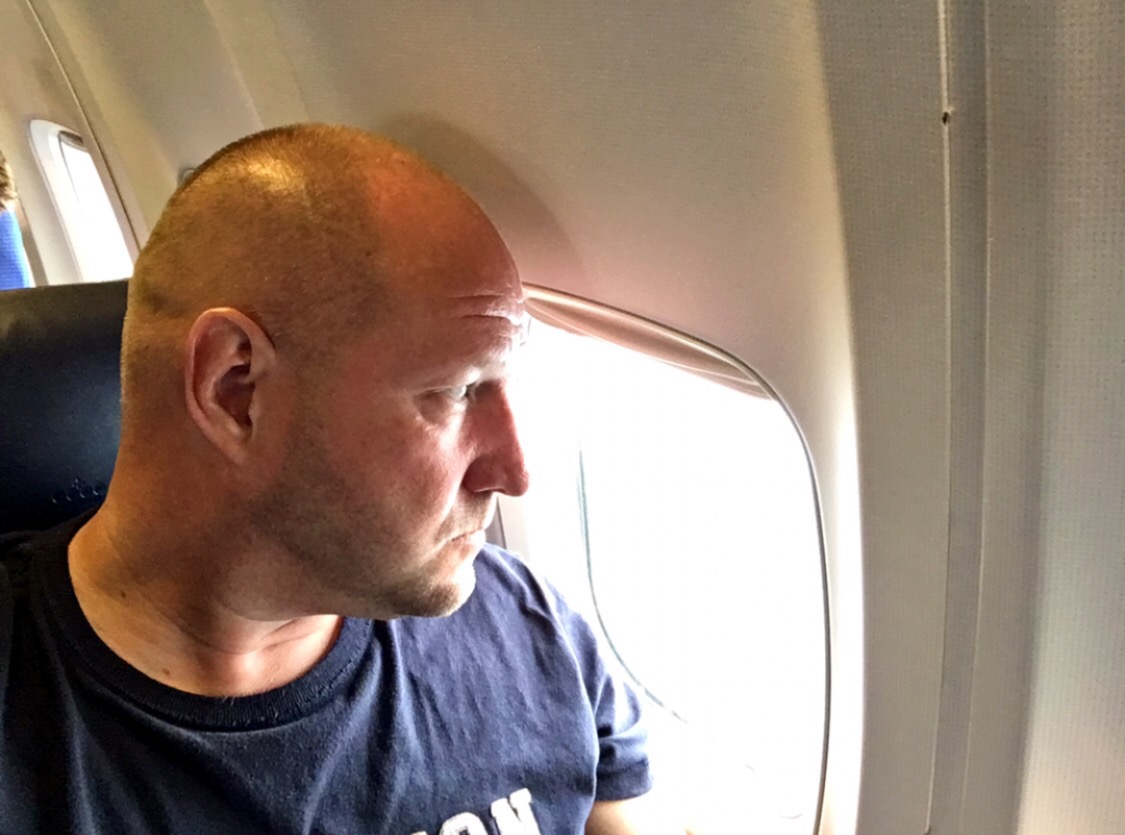
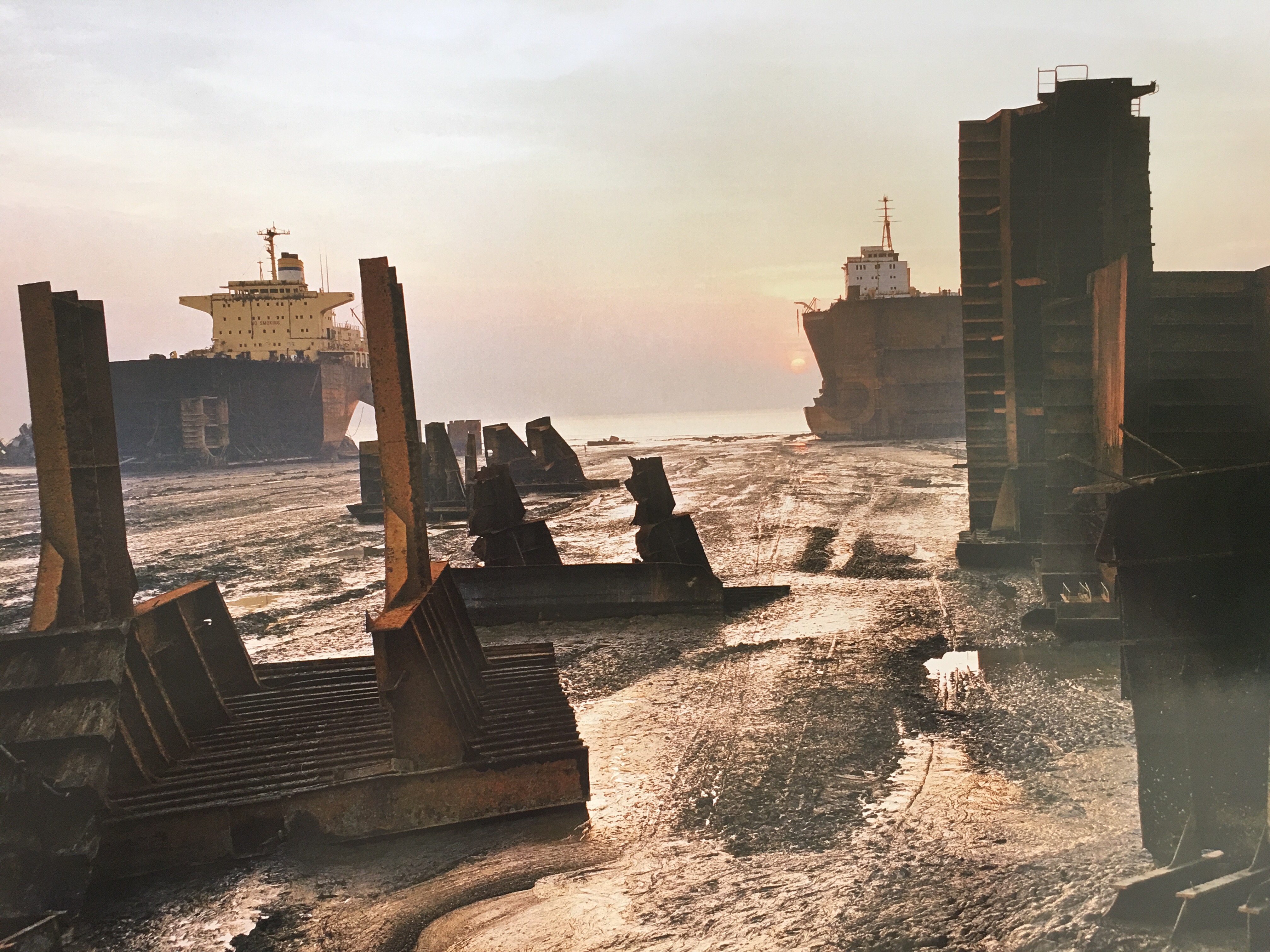
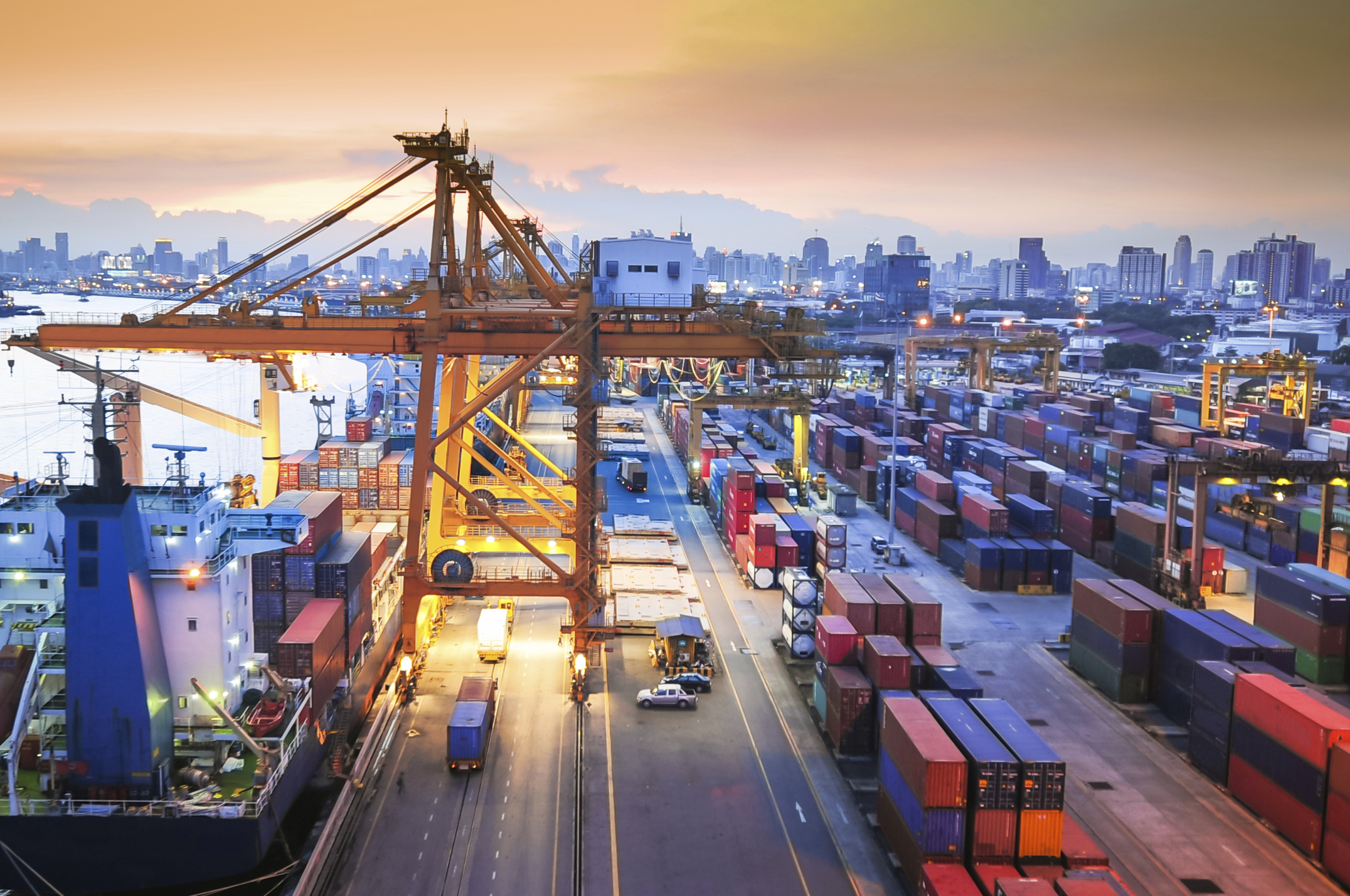
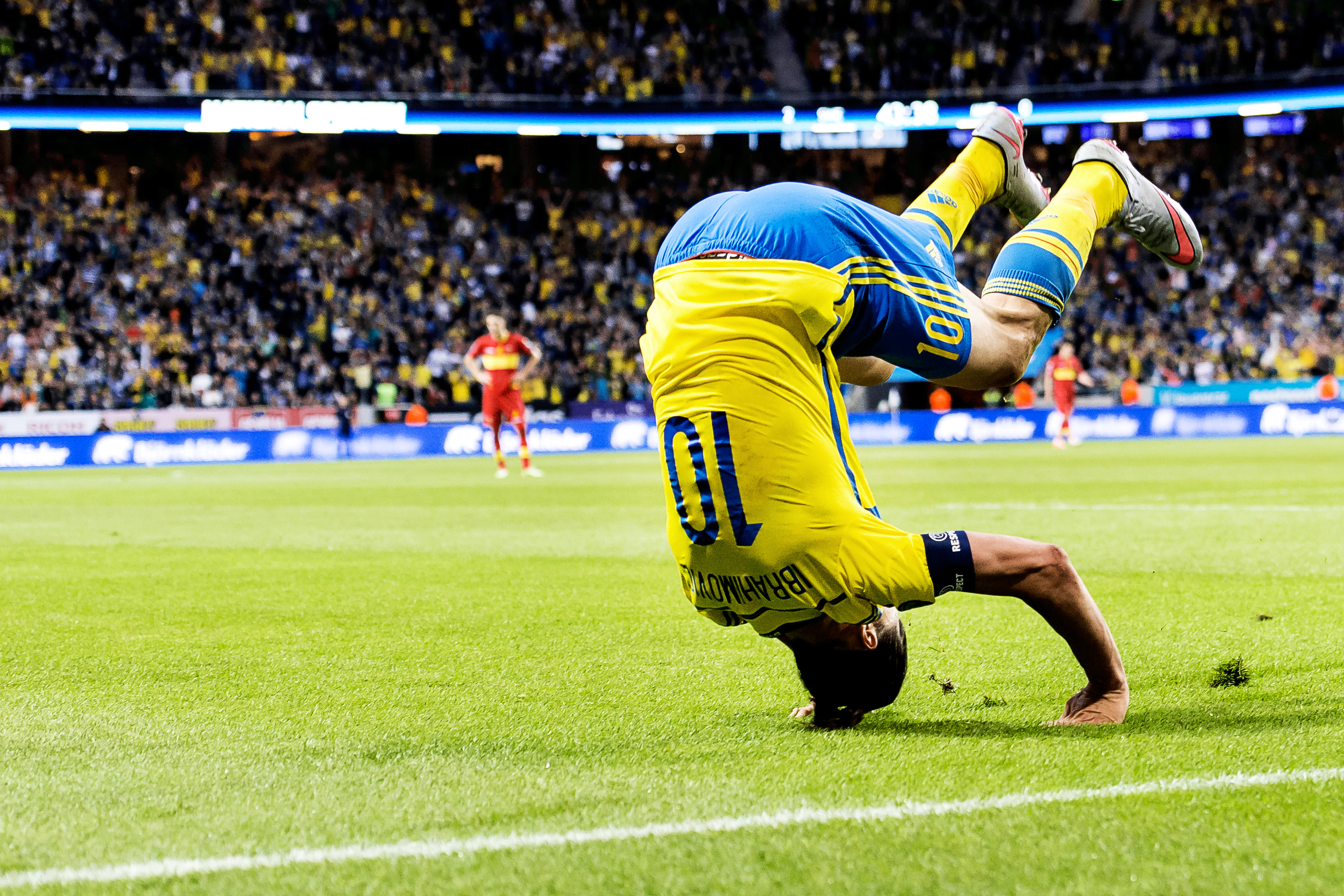
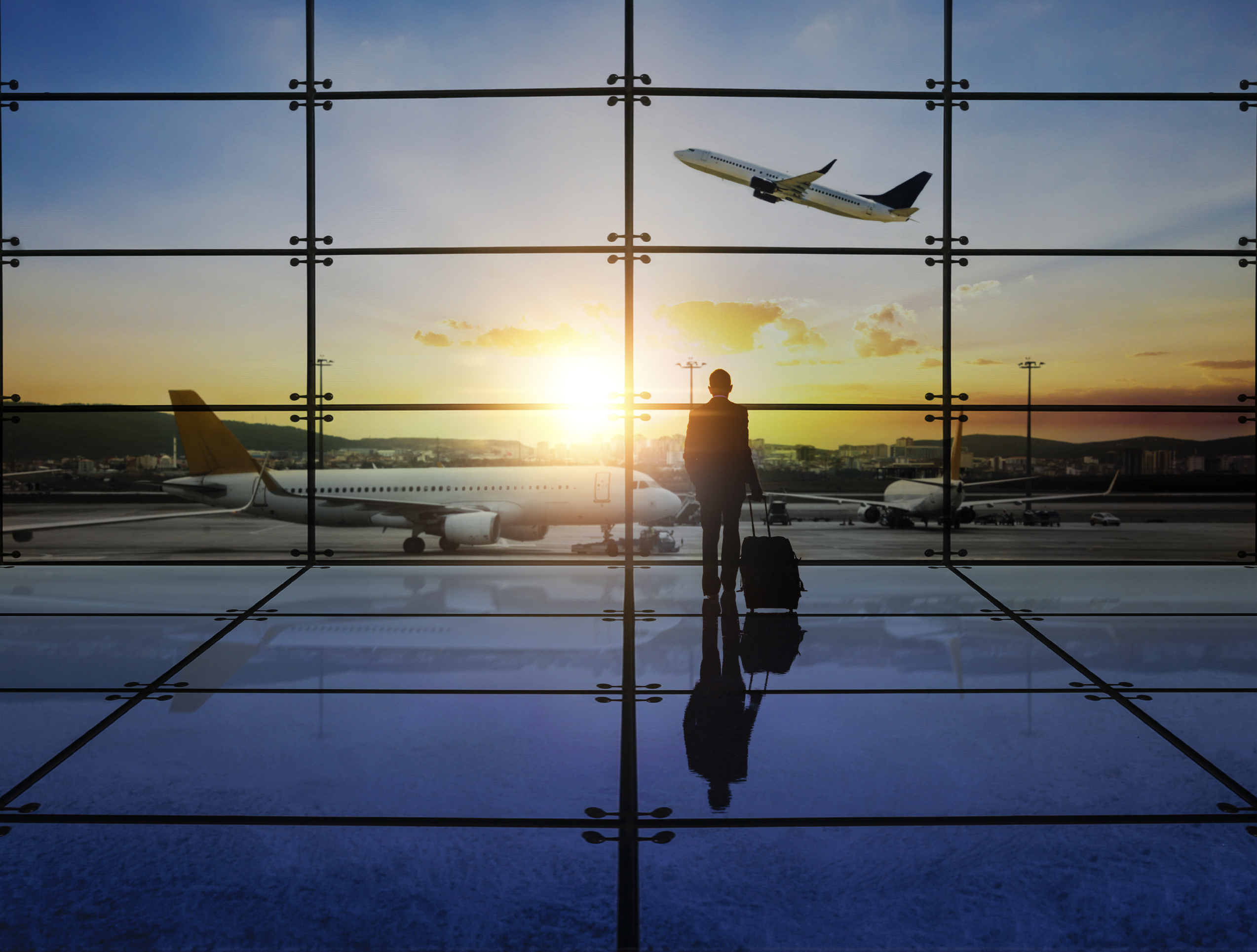
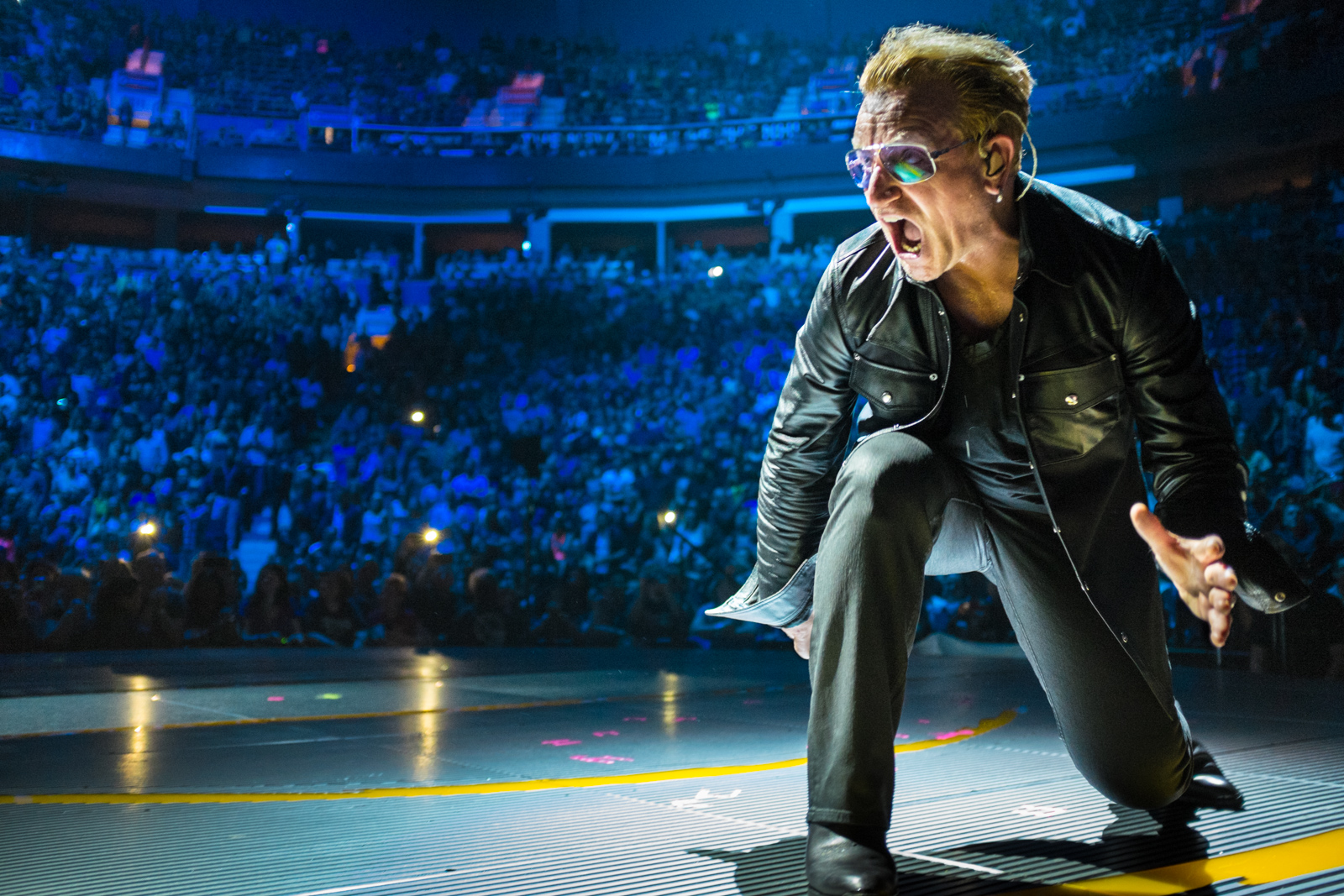
You must be logged in to post a comment.